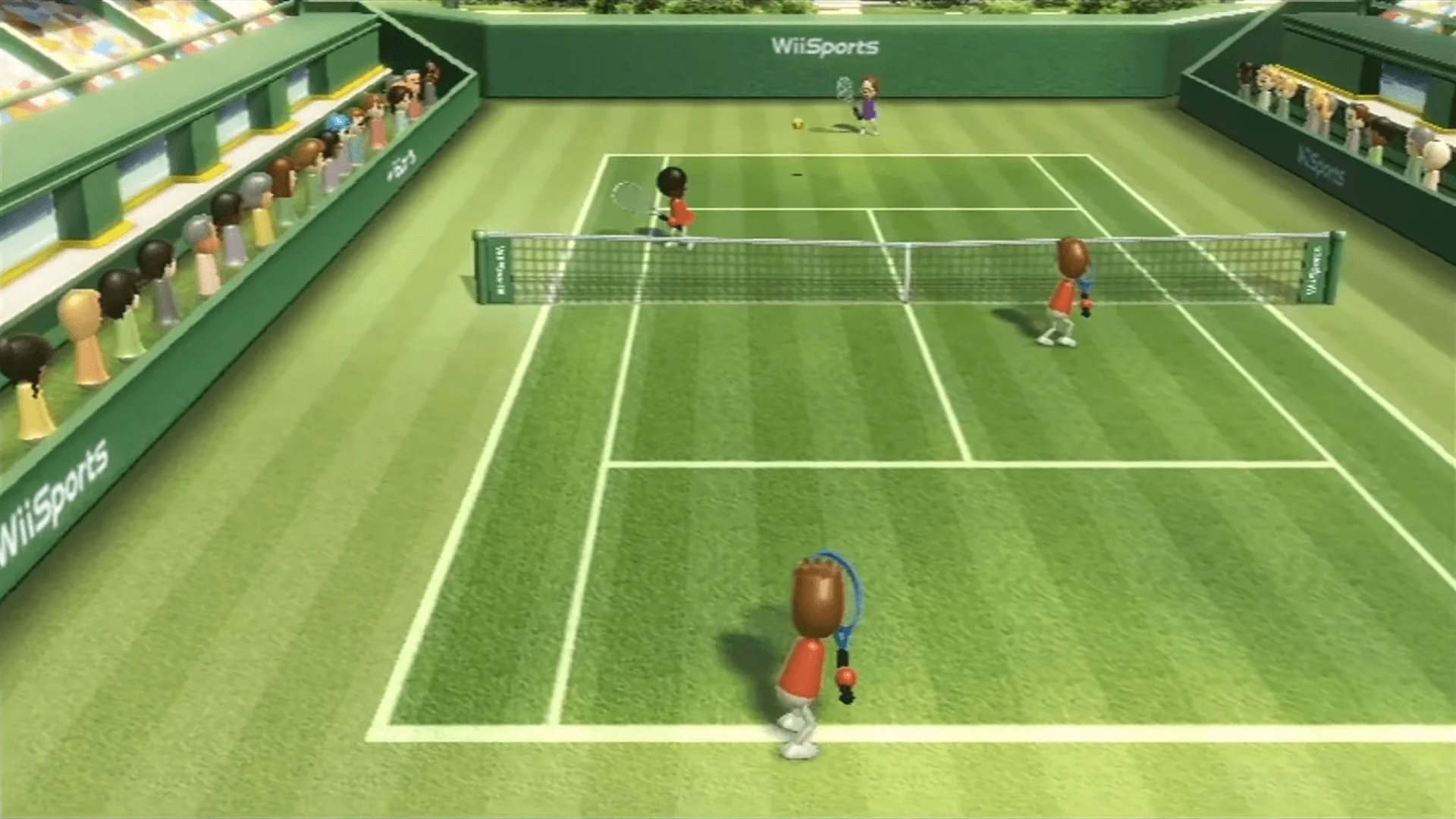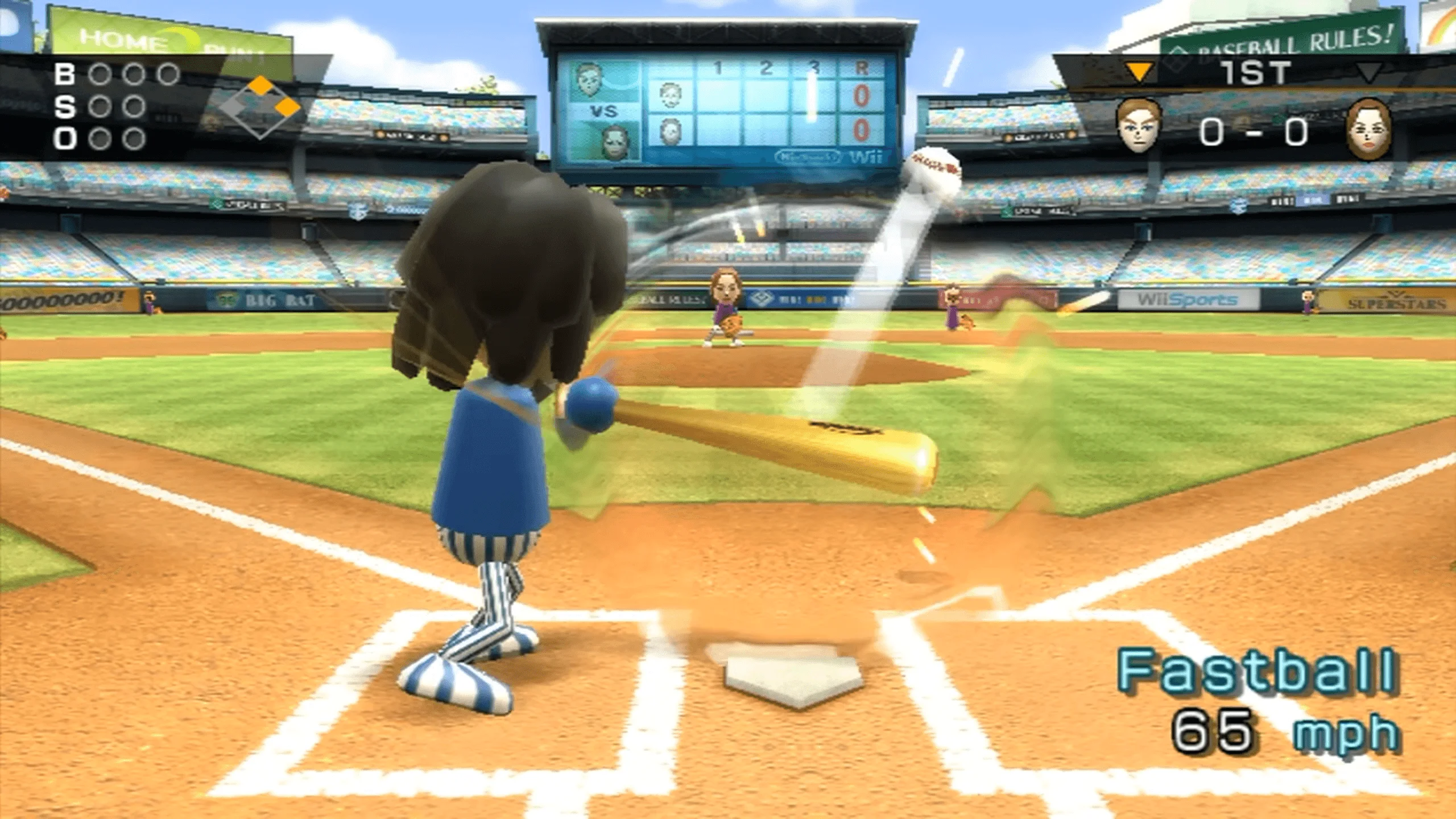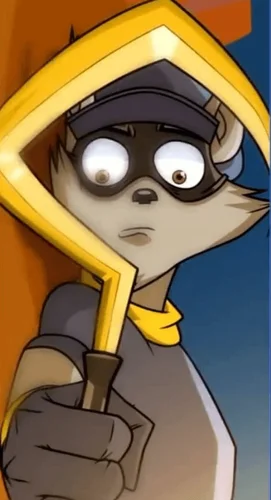
Walkthrough of Wii Sports
Wii Sports
Introduction
Wii Sports is a 2006 sports game developed by Nintendo for the Nintendo Wii. In this guide, I’m going to walk you through each sport, as well as the training and fitness features in the game.
Tennis

Gameplay of Tennis
The objective in Tennis is to hit the ball over the net and make it bounce twice on the other team's side. Using the Wii Remote as a racket, players must swing it as the ball approaches them. Players can choose to play a solo game, a two-out-of-three match (Best of 3), or a three-out-of-five match (Best of 5). They also have the option to choose which type of opponent they want to take on, a real-life one or a CPU Mii.
Quick Tips
- Anybody can hit the ball, so having quick thinking and reflexes is recommended.
- To spike the ball, hit it at its highest point at the start of the match.
- You can play a match with teammates, but doing so will cost them some skill points when they reach skill level 2000+.
- Playing 'Best of 5' games is the best way to earn the most skill points (approximately 250 points).
- The ball's bounce height can be altered when you swing the remote from a lower or higher angle.
- The ball will travel in a different direction, depending on the timing of your swing.
- Using your front line is the best and quickest method for beating your opponents, especially Masters (PRO★).
- To swing a fastball, pay attention to the ball when the user tosses it up. When it reaches its peak, hit it. If done correctly, the ball will soar rapidly, producing a white trail.
Baseball

Gameplay of Baseball
The main gameplay of Baseball involves two roles: batter and pitcher. As a batter, you will hold the Wii Remote like a bat and strike the baseballs thrown by the pitcher. As a pitcher, you will throw baseballs to the batter using different pitching techniques.
There are three innings in one game. Both teams take a turn batting and playing on the field when three outs occur. The player takes control of the batter at the top of the inning. As the ball flies across the plate, the player must swing their remote. The timing, force, and positioning of the swing will affect where the ball ends up.
In the bottom inning, the player takes on the role of the pitcher, whose goal is to strike out the batter using any throwing method possible. If the batter manages to hit the ball, the computer-controlled fielders will attempt to catch it. The batter is out if the ball is caught, but if not caught, the batter gets to run to the next base. How far the runner goes is dependant on how long the ball was in the air, coupled with rolling across the field.
Pitching
Experiment with different pitching methods to see which works best for you. Speed is also an important factor here, as soft throws can generate speeds from 56 mph (90 km/h) to 65 mph (104 km/h), medium throws can generate speeds from 66 mph (106 km/h) to 86 mph (138 km/h), and harder throws can generate speeds from 87 mph (140 km/h) to 100 mph (160 km/h).
- Screwball - Hold the "A" Button while swinging.
- Curveball - Hold the "B" Button while swinging.
- Splitter - Hold both "A" and "B".
- Fastball - Swing without pressing any buttons.
Please note that when a splitter is thrown, it results in a"Ball" if the batter doesn't swing. Getting four "Balls" allows the batter to move up a base. Sometimes, pitchers can unintentionally throw a fastball instead of a splitter, which is indicated by a red exclamation mark that suddenly appears above their heads.
Quick Tips
- You can adjust the direction of your pitch by pressing right or left on the directional pad or control stick. This can also result in a "Ball" if the batter fails to swing.
- Pressing "2" allows you to do a "submarine" (sidearm) pitch.
- Pressing "1" changes back to an overhand pitch.
- When playing against Pros and Champions, it is recommended to be very creative with your throws, as they can easily predict the type of the pitch you will do.
- When batting, you can bunt by keeping your remote held horizontally. Typically this results in an Out unfortunately. However, you can bunt to third for a Single by tilting the remote slight forward. There is a very sharp margin or error between bunting Our and for Singles. This method becomes ineffective when playing against higher-level opponents, as their pitches are more variable.
Fielders
After the batter hits the ball, it is only retrieved by a fielder on the side where it ends up. Also, some fielders can potentially sit the at-bat out depending on the type of ball:
- If it is a weak grounder, all fielders (as well as the catcher) will try to retrieve it.
- If it is a stronger grounder, the catcher sits the at-bat out, but the pitcher and basemen will go after the ball.
- If it is a popup or flyball, on the basemen and outfielders will try to retrieve it.
The basemen return to their positions once the ball leaves the infield, and the pitcher returns to their position once the ball reaches the orange diamond. For the remainder of the at-bat, the fielders remain in their positions. However, if a triple occurs, it can startle the basemen if it rolls back to the infield.
The fielders remain still when the ball is hardly moving horizontally, but if the ball is moving, they will attempt to stand beneath it. Usually, the first and second basemen or the shortstop and the third baseman are the fielders that go after the ball, but if the ball is hit straight down the middle, the second baseman and the shortstop will try to retrieve it.
The pitcher cannot catch balls moving straight down the center, therefore it goes through the pitcher. Additionally, only two outfielders can run after the ball. This is a rare scenario, but when the ball bounces hard off the wall in the deep left field near the third baseline, it will speed into the deep center field, potentially reaching the right field. However, the right fielder will stay in their place as if the ball would never reach them, allowing a long fielding and resulting in a triple.
When one hits a foul ball, the umpire calls it and the fielders run back to their positions; foul outs are also possible. When a home run occurs, the fielders run straight to the field fence, as if they can ghost their way through it, until the batter starts running past all the bases. The fielders then return to their positions. This also applies to ground-rule doubles.
Types of Plays
- Out - The batter hits the ball, and it gets caught by a member of the opposite team. If caught from the air, it is a flyball out (foul outs also possible). If it rolled on the ground for less than three seconds within the plate zone, it is a ground out, and the fielder throws the ball to first.
- Strikeout - The batter misses a swing after receiving two strikes.
- Foul Ball - The batter hits the ball outside the baselines or into the foul territory. This also count as strikes, but never result in a strikeout. A ground ball off the baseline counts as a foul if it is caught before it reaches a base but not if it clears a base and then rolls into the foul territory. Additionally, if the ball rolls into the small field strip off the first baseline within the rectangle, it counts a a foul. Also, a foul ball can cross the foul pole into fair territory, but it will result in a foul if the ball dies in foul territory.
- Ball Four - Four balls have been pitched with no swings, allowing the batter to run a single base. In real-world baseball, this is referred to as a "Walk" or a "Base-on-Balls."
- Single - The batter hits the ball hard enough to run one base. It must take less than six seconds for the fielders to catch it, but it can also be the result of a lucky bunt or an error in the infield.
- Double - The batter hits the ball hard enough to run two bases. It must take between 6 to 9 seconds for the outfielders to retrieve it.
- Ground Rule Double - The batter hits the ball, and it bounces in the field of play, then lands in the audience (like a home run).
- Triple - The batter hits the ball hard enough to run three bases. This is a rare play to achieve, as it requires the ball to hit the wall or land in a place where it takes over nine seconds for the fielders to retrieve it.
- Home Run - The batter hits the ball far enough to run all bases (hitting the ball into the audience or beyond the ad boards). If the ball hits the foul pole, even if it bounces into foul territory, it also counts as a home run if it hits it above the green line.
- Out-of-the-Park - The batter hits the ball out of the stadium and is able to run all bases. It is possible for a superfast ball to fly out of the arena at such a velocity where the game cannot detect it anymore. In this case, the outfielders continue to run at the wall for some time until the at-bat is canceled, after which nothing happens.
- Error - The batter hits the ball, but the fielder drops or fumbles it trying to catch it. In this case, regardless of how long it takes to completely catch the ball (assuming it lands in fair territory), the batter will run a single base. When this occurs, an exclamation mark appears over the fielder's head, and a groaning sound can be heard. Though this is highly scarce, a fielder can err a ball into another fielder, resulting in a flyball out.
---------
Team Info
When you start playing against the first team (Elisa's team) while progressing you have to play the same team 8 more times, each with a different Mii pitching. Then one at a time, the first team's Miis are replaced by the Miis of the next team. This goes on until Sakura's team.
Bowling
Golf
Boxing
Training
Wii Fitness
Conclusion
Comment posted.

0 Comments
You have to login to comment.